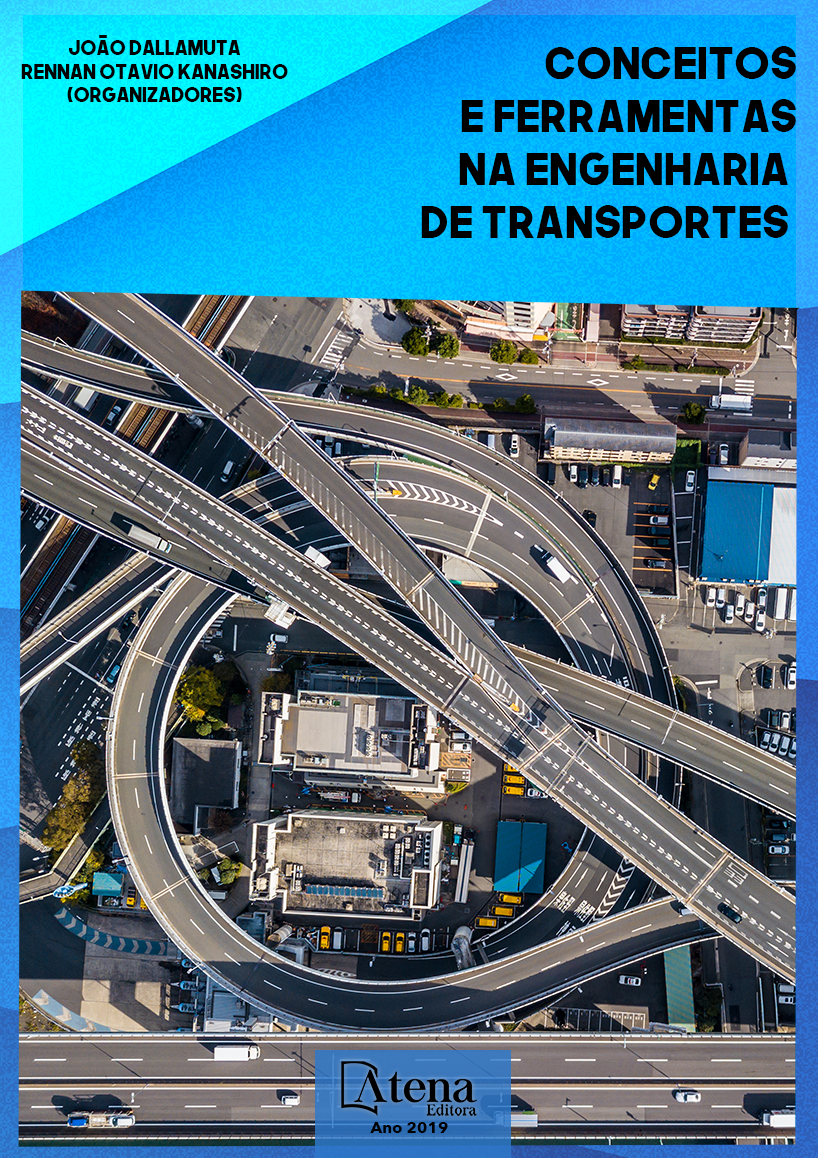
MODELOS DE CONTROLE SEMAFÓRICO PARA OTIMIZAÇÃO DE FLUXO DE TRÁFEGO EM VIAS URBANAS
Neste trabalho são propostos modelos para controle de tráfego urbano em cruzamentos isolados através de estratégias traçadas aos temporizadores utilizando controle fuzzy e análise de agrupamento. O objetivo do trabalho é apresentar três modelos de controle semafórico que consigam atuar da forma mais eficaz possível dada a situação atual em que o trânsito se encontre, e assim, controlar o fluxo de veículos em cruzamentos isolados através das estratégias traçadas aos semáforos. Os modelos propostos levam em consideração cruzamentos que apresentam Condição de Saída Única (CSU), isto é, cruzamentos com pelo menos uma origem que tem somente um destino permissível, em contraste aos modelos convencionais, os quais são aplicáveis apenas aos cruzamentos onde cada origem está associada a mais de um destino, definição esta presente na maioria dos cruzamentos da cidade em estudo. Os modelos são compostos de três partes principais: a primeira parte é constituída da estimação da matriz OD (origem – destino) que é baseada em filtragem de Kalman a partir da contagem de tráfego nos cruzamentos da cidade em estudo. Esses dados são usados como entrada para a realização da segunda parte, que consiste em utilizar técnicas de agrupamento para extrair os conjuntos fuzzy, e com isso, inseri-los no controlador fuzzy que representa a terceira parte da metodologia aqui proposta, onde é estimado o melhor tempo para o semáforo.
MODELOS DE CONTROLE SEMAFÓRICO PARA OTIMIZAÇÃO DE FLUXO DE TRÁFEGO EM VIAS URBANAS
-
DOI: 10.22533/at.ed.5211924052
-
Palavras-chave: Controle de tráfego, Estimação de Matriz OD, Sistema Fuzzy, Técnicas de agrupamento, Controle adaptativo.
-
Keywords: Traffic control, OD Matrix Estimation, fuzzy system, clustering techniques, adaptive control.
-
Abstract:
In this paper, some models are proposed to control urban traffic in isolated crossings through strategies traced to the timers using fuzzy control and cluster analysis. The methodology is based on presenting three traffic control models that can act in the most effective way possible given the current situation in which the traffic is, and thus control the flow of vehicles in isolated crossings through the strategies traced to traffic lights. The proposed models take into account crossings that present Single-Exit Condition (CSU), that is, crossings with at least one origin that has only one permissible destination, in contrast to conventional models, which are applicable only to crosses where each origin is associated with more than one destination. This type of condition is adopted due to the fact that most of the traffic lights in the city where the case study was applied present this condition, which made it impossible to obtain the OD matrix in a traditional way. The models are composed of three main parts: the first part consists of the estimation of the OD matrix (origin - destination) that is based on Kalman filtering from the traffic count at the crossroads of the study city. This data is used as an input to perform the second part, which consists of using clustering techniques to extract the fuzzy sets, and with that, insert them into the fuzzy controller that represents the third part of the methodology proposed here, where it is estimated best time for the traffic.
-
Número de páginas: 15
- João Viana da Fonseca Neto
- Patrícia Helena Moraes Rêgo
- ANA CAROLINE MEIRELES SOARES


